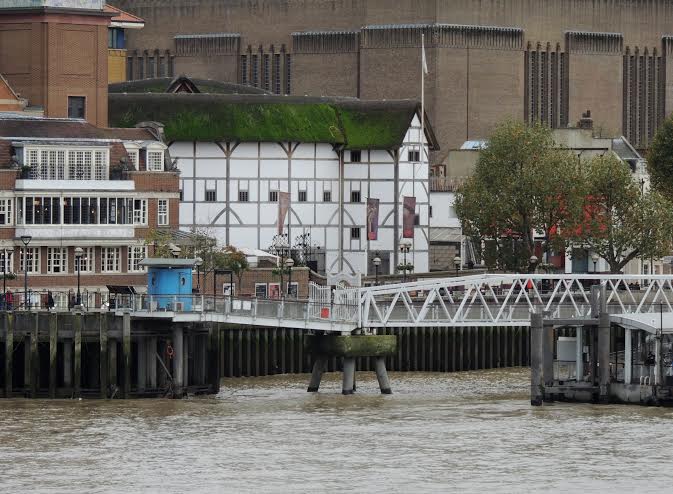At the start of The Reluctant Pilgrim, Penny Gerrard asks, ‘How do I capture the contrasts using what can hardly be more than verbal snapshots? Can I bring you the sights, sounds and smells which for me, in the future, will immediately say ‘Israel’?
Well, she can, and she does.
The Reluctant Pilgrim records a journey Gerrard took which showed her some of the best and worst of the troubled land she has been reading about in the Bible since she became a Christian forty something years ago.
Starting at the shore at Caesarea Philippi Gerrard immediately brings to life the shore: I felt the warmth of the sun, the blue of the sea, and the five desalination plants of today’s Israel. And this is how the journey continues, history mixed with today, conveyed in straightforward prose and using interesting photos.
I was actually in Israel quite a while ago, cycling on and off road. I saw the parched land bloom, I visited places named in the Bible, I would, however, have liked to read Penny Gerrard’s journey before I went.
Why? She weaves us through past and present. The present being 3 shekels to reserve yourself a music filled cubicle in a public loo, the past being the fact that Roman soldiers were known to use dead chicks in lieu of the more usual sponges. Oh joy.
We go with her to Tiberius, founded on the shore of the Sea of Galilee. And onwards to, amongst others: Bethlehem, then the home of Dead Sea Scrolls and finally Jerusalem.
The Reluctant Pilgrim is a journey through faith, as well as a country. Gerrard has the happy knack of being able to bring a place to life. How? She doesn’t ignore detail, she writes with a great sense of place. The Reluctant Pilgrim is thoughtful, and evocative.
Bravo.
The Reluctant Pilgrim by Penny Gerrard can be obtained from Amazon.co.uk


